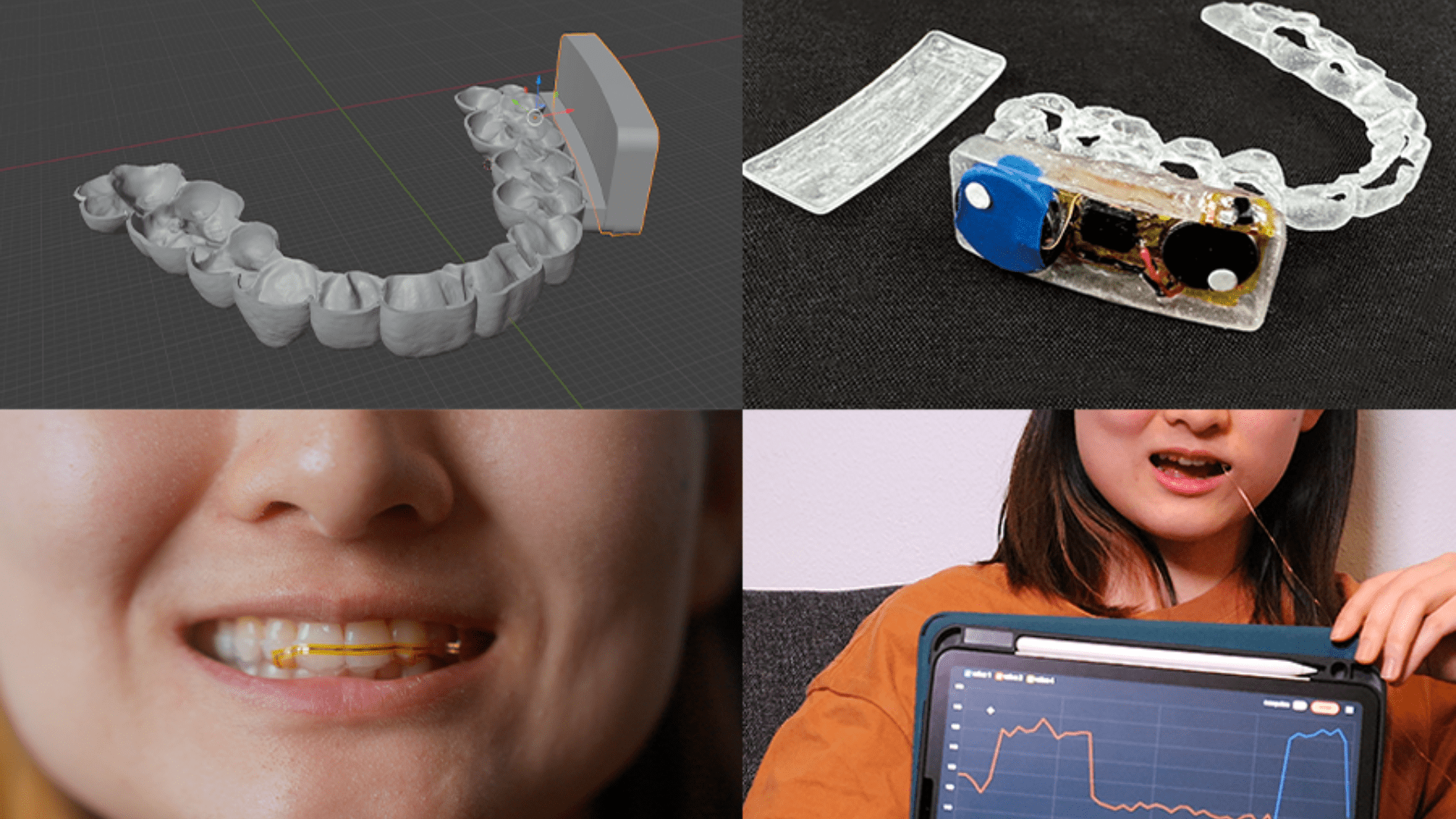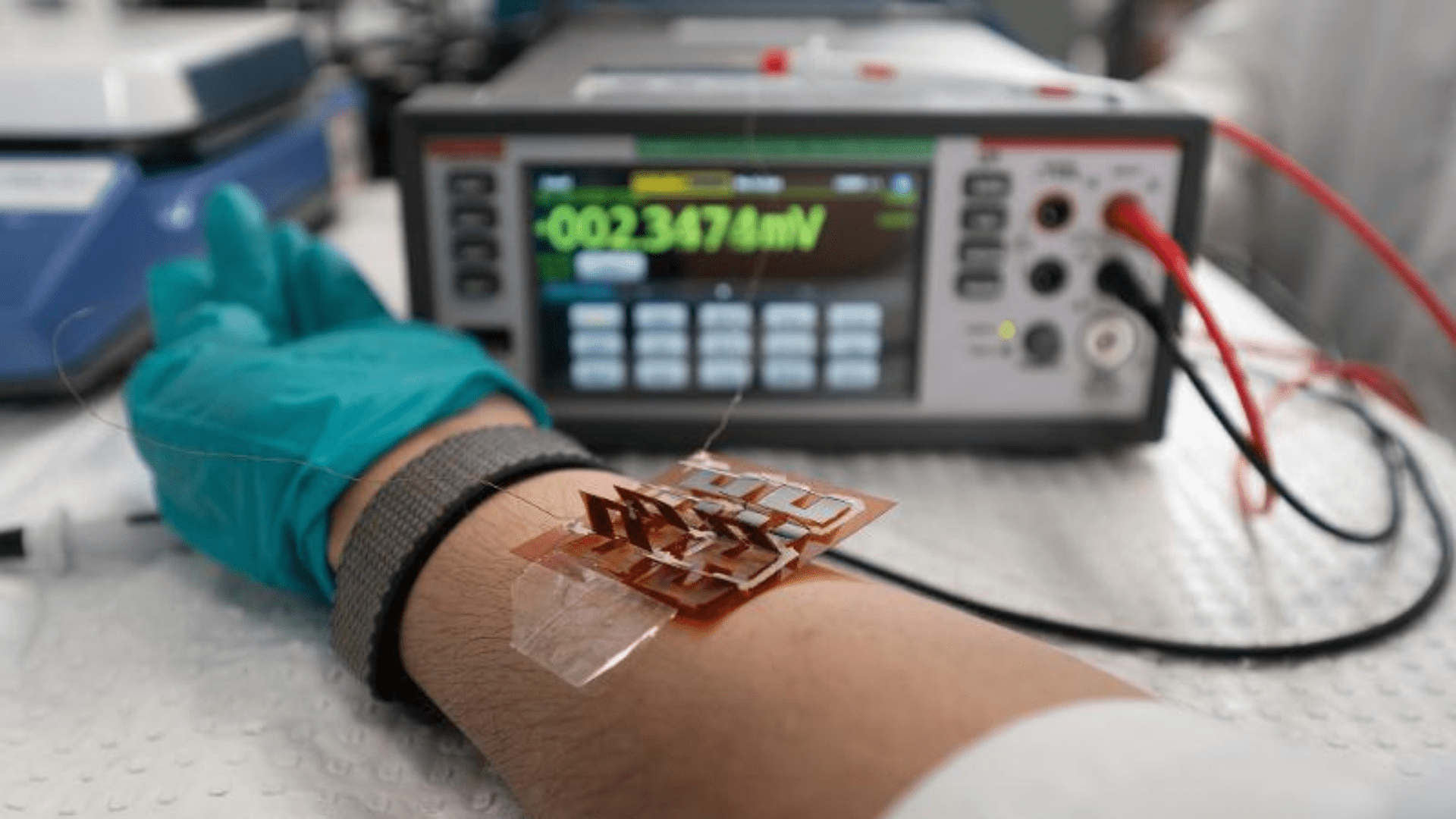Hands-free devices are becoming extremely popular in the technology world. However, would you ever imagine using one of those devices with your mouth? Researchers at MIT and Aarhus University are working on a dental brace that is fixed with sensors to capture in-mouth interactions and data.
MouthIO

Thinking outside the box, researchers developed a device that resembles an electronic retainer. The MouthIO uses its components to capture health data. They hope that one day, the device could assist dentists in easily collecting data in the mouth. In addition, they want the device to help motor-impaired individuals interact with a phone, computer, or fitness tracker using their mouths.
According to the researchers, the MouthIO is a see-through brace that fits the specifications of your upper and lower mouth from a scan. To help users tailor the device to fit a dental scan, the researchers created a plugin for the modeling software. Using this plugin and a dental scan, you can 3D-print your design in dental resin.
“The mouth is a really interesting place for an interactive wearable and can open up many opportunities, but has remained largely unexplored due to its complexity,” said Michael Wessely, the study’s senior author. “This compact, humid environment has elaborate geometries, making it hard to build a wearable interface to place inside.”
Wessely believes the device makes a mouth wearable possible.
“With MouthIO, though, we’ve developed a new kind of device that’s comfortable, safe, and almost invisible to others,” He explained. “Dentists and other doctors are eager about MouthIO for its potential to provide new health insights, tracking things like teeth grinding and potentially bacteria in your saliva.”
Groundbreaking Potential
The initial experiments sparked excitement about MouthIO’s potential. For example, the researchers found that the device can track the habit of grinding teeth. When the device is attached to the lower set of teeth, it detects when the users grind their teeth. Then, it charts the data to show how often a user grinds their teeth.
Additionally, the researchers believe there is potential for the MouthIO to one day help users with motor impairments. The team connected small touchpads to the MouthIO, which helps detect when a user’s tongue taps their teeth. Researchers say the interactions could be sent via Bluetooth across a webpage, for example, allowing the tongue to act as a “third hand.”
“MouthIO is a great example of how miniature electronics now allow us to integrate sensing into a broad range of everyday interactions,” said co-author of the study,” Stefanie Mueller. “I’m especially excited about the potential to help improve accessibility and track potential health issues among users.”







